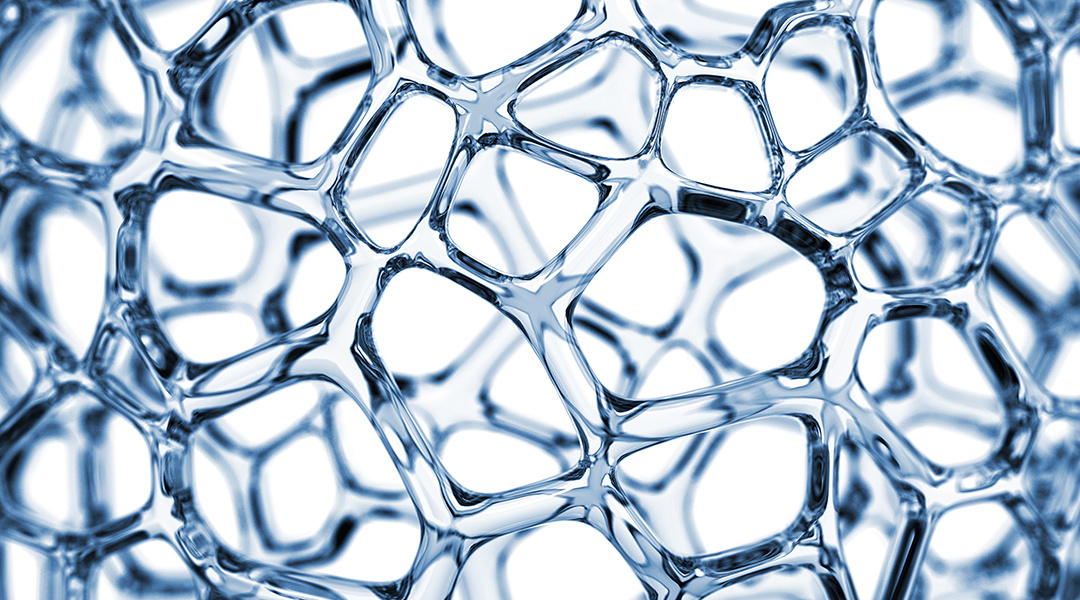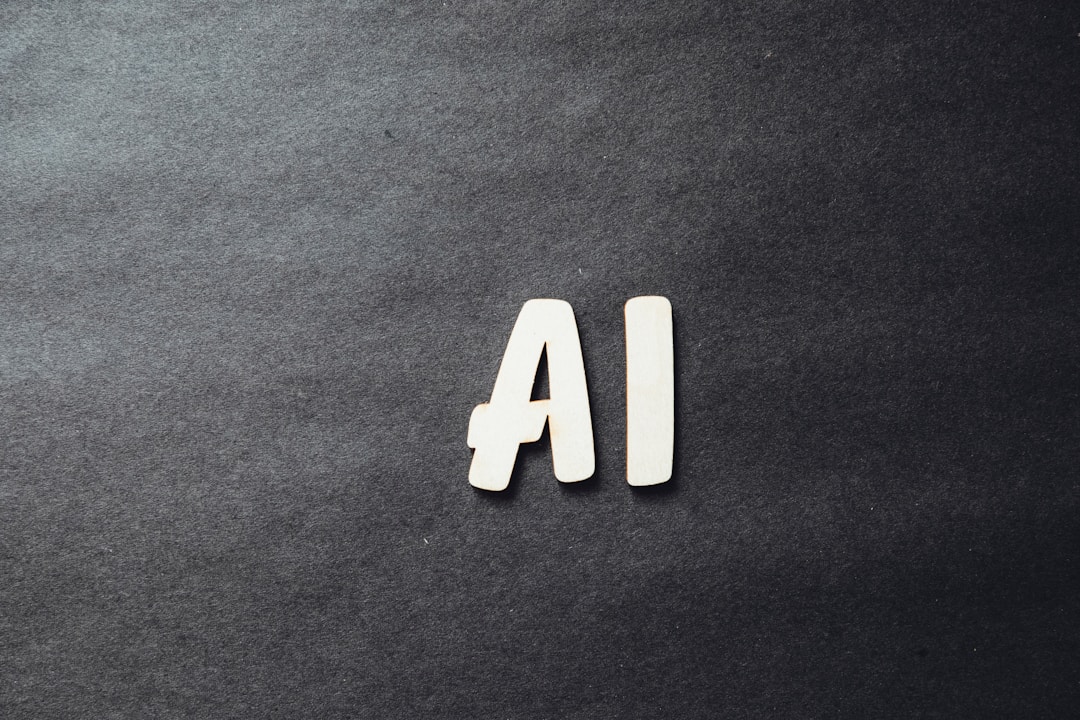Transforming UV/EB Curing with Artificial Intelligence: From Hype to Real Innovation
Release time:
2025-04-28
As industries push the limits of high-performance materials, the UV/EB (ultraviolet and electron beam) curing sectors—especially UV coatings and 3D printing—are experiencing a quiet revolution: the integration of artificial intelligence (AI) and machine learning (ML). These technologies are not just automating tasks; they are redefining the pace, precision, and possibilities of product development.
The Complexity of Formulation and Processing
UV/EB curing technologies depend on finely tuned formulations and processing conditions. Whether it's a UV-curable coating used in automotive finishes or a photopolymer resin for 3D-printed dental prosthetics, success hinges on an immense number of variables: monomer types, photoinitiator loadings, exposure profiles, post-curing temperatures, and more. The vast formulation space and the need for optimization exceed what traditional trial-and-error approaches can efficiently handle.
AI enters as a solution to this complexity. Machine learning models can identify patterns and correlations across large datasets, enabling faster iteration and prediction of performance properties. By leveraging these computational tools, chemists and process engineers are gaining new insights into how formulation variables interact, drastically accelerating the development timeline.
AI in Additive Manufacturing
Photopolymer-based additive manufacturing (AM), including SLA (stereolithography) and DLP (digital light processing), particularly benefits from AI. Researchers are already applying deep learning techniques such as U-Nets and Generative Adversarial Networks (GANs) to optimize printing parameters and predict outcomes based on design input and material behavior.
AI can help correct for artifacts, optimize part orientation, or suggest modifications to the curing profile for improved resolution and mechanical integrity. This has significant implications for medical, aerospace, and electronics applications where quality and precision are paramount.
Enabling New Material Discovery
One of AI’s most promising roles is in materials discovery. In this domain, AI does not replace the human scientist but enhances their capabilities. For instance, Bayesian optimization—a statistical approach driven by AI—is already being used in the pharmaceutical industry to identify optimal formulations faster than classical methods. Similar techniques are now being explored in UV/EB-curable systems to predict and tune key properties such as viscosity, tensile strength, and yellowing resistance.
Still, AI's effectiveness relies heavily on data. According to insights from the PAMA 2023 Workshop, three foundational challenges remain: the quantity of relevant data, the quality and structure of that data, and the industry’s willingness to adapt and experiment with AI tools.
Building the Future Together
As a community, the UV/EB curing industry is beginning to coalesce around initiatives that will standardize data collection, develop shared databases, and create best practices for AI adoption. Organizations like RadTech are forming AI-focused working groups and encouraging pilot studies to push boundaries collaboratively.
The integration of AI into UV/EB-curable technologies is not an instant fix or a replacement for human expertise. Instead, it is a tool—one that expands the capabilities of researchers and manufacturers alike. By adopting AI not as a trend but as a strategic partner, the industry can realize smarter, faster, and more sustainable innovations.
ArtificialIntelligence,MaterialsScience
Latest News
Get a Free Consultancy
NANTONG EASTO MATERIALS TECHNOLOGY CO.,LTD.

No.118,Zhujiang Rd.,Juegang St.,Rudong County,
Nantong City,Jiangsu Province,226400,China




 2025-05-05
2025-05-05







